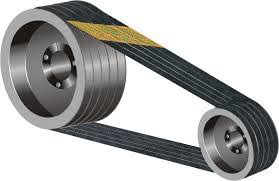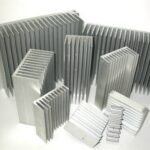What is belt drives
Category: Electrical Articles
27 Jun 18
- One-third populations of motors in industrial and commercial sectors include belt drive as it avoids transmission loss.
- Increase decrease in the speed of the drives equipment is achieved with pulleys of various diameters.
A well-designed belt transmission offers:- High efficiency
- Less noise
- No need of lubrication
- Required less maintenance
Some types of belts of various types give efficiency and energy saving higher than other. They are,
- V-belts
- Cogged belts
- Synchronous belts
V-belts
- Most of the belt drive employs v-belts.
- Improved power transferability in a v-belt is a result of the trapezoidal cross-section.
- v-belt drives may give efficiency near about 90% at the time of installation.
- The efficiency of v-belts may drop by 5% over time.
Cogged belts
- Cogged belts include slots which run perpendicular to the belt through the length.
- These slots provide the advantages of reduced bending resistance of the belt.
- Cogged belts with a rating equivalent to v-belts can be used with the same pulley.
Synchronous belts
- Synchronous belts have toothed structure and mating toothed drive sprockets on which they run.
- These belts are efficient about 98% which is maintained over wide load range as well.



